Malevolent hackers can divert your incoming calls and texts to any number they want, and they don't need to be a criminal mastermind to do it. Even friends and family members can reroute your incoming calls and messages so that they know exactly who's trying to reach you, and all it takes is seconds of access to your iPhone or wireless account. These secret codes can help uncover them.
To be clear, these dialer codes for your iPhone will not help you detect any spying, wiretapping, eavesdropping, or some other type of passive surveillance. There aren't any secret codes that will be able to see anything like that. If you want to uncover these forms of infiltration, you've got bigger problems to address. The codes I'm showing off below are so you can tell if your incoming calls or texts are being hijacked and, if so, to set things right.
Ways You Could Be Getting Spied On
There are definitely ways for black hats, jealous lovers, and law enforcement agencies to tap and listen in on your phone conversations. For example, exploiting SS7 protocol vulnerabilities on your provider's network, using a software-defined radio to hack into your LTE calls, installing spyware on your iPhone or getting you to install spyware unknowingly, or utilizing IMSI catchers such as stingrays and DRT boxes for man-in-the-middle attacks.
Spyware can also be injected on an iPhone to read the target's text messages. Your iCloud account could also be compromised, allowing a black hat to use a web-based spyware app to read messages. And your SMS and MMS texts could also be spied on through the aforementioned SS7, stingray, and DRT box attack vectors.
There are apps you can use to scan your iPhone for stalkerware, but they can't detect everything. The other forms of surveillance are nearly impossible to detect out in the wild unless you're a government agency or high-profile company willing to drop thousands or even millions on dedicated hardware solutions. However, you could be proactive and use 2G for important calls or use apps like Signal, FaceTime, Skype, Telegram, or WhatsApp that have end-to-end encryption for audio calls and texts.
The Problem Child: Call Forwarding
Let's talk about the kinds of attacks the dialer codes below help with — call-forwarding hacks. Despite what all the viral TikTok and Instagram videos will tell you, you can't use these codes to discover passive listeners. Now, I'm sure all of you know what call forwarding is, and some of you have probably used it before. I currently use it for my physical SIM card, which gives me a local number for cheap.
The primary eSIM number that I've had forever uses the 586 area code, but the local numbers in my current area use 582. People glance at the 586 number and think it's the local 582 area code because apparently, "58" is enough to assure them. I was not getting any calls because of people not paying attention, so now I give them a 582 number via my physical SIM that reroutes calls and texts to my main 586 number.
If you don't need to do anything like that, you most likely never set up call forwarding, but somebody else might on your behalf.
How Your Calls & Texts Could Be Intercepted
Hackers can easily break into the online accounts of a wireless provider's customers. That flaw falls mainly on the account owners for having easy-to-guess or easy-to-crack passwords, using passwords they've used on different accounts that were compromised before in a data breach, or falling for phishing or smishing attacks. If you're not using a strong password, you're simply asking for trouble.
With access to your cellular plan's account, a hacker, or even a family member who has access to the account, can easily set up call-forwarding so that all incoming calls and texts go directly to them. They could even be more stealthy about it by only selecting to forward calls and texts when the user doesn't answer or is unreachable in a no-service area. For the latter, the target would miss the call or text anyway, so the forwarding would not be as obvious.
An easier way for someone to reroute your calls is with direct access to the device, even if for a moment. They could simply go into your Settings app and change some call-forwarding rules. Not all wireless providers give easy access to call-forwarding rules in your iPhone's "Phone" settings, but most do. The attacker could flip a switch there and add their number where needed.
Using short codes would be even faster for someone targeting your calls and texts. With a few seconds on your iPhone, they could open the Phone app, then use the appropriate short code syntax for your carrier to forward calls and texts to their number. These short codes, also called feature access codes, quick codes, vertical service codes, star codes, pound codes, and self-service short codes, are used by all the major wireless carriers: AT&T, Sprint (soon to be retired), T-Mobile, and Verizon. Even business lines such as Verizon's One Talk use these codes.
In a newer attack vector, a hacker could use a fake Letter of Authorization to social engineer a professional SMS/MMS marketing app into redirecting all of your SMS/MMS text messages to them.
Why Someone Would Divert Your Calls & Texts
Why would someone even want to divert your calls and texts?
Well, it could be a family member, such as a parent trying to see what their kids are up to or protect them from harassment in conversations. A hacker could also be trying to make a profit from telecom fraud, where your calls are redirected to premium-rate numbers they've set up that charge by the minute.
Someone could also try to access other accounts you've locked down with 2-Step Verification; it would let them receive the verification codes by text or phone without you even knowing it. Another reason is for long-distance international calls; a hacker could give someone in another country your number and then receive the call while you foot the bill.
How You Can Detect Call Forwarding on Your iPhone
There's a straightforward solution to finding out if someone is forwarding your calls and texts: visit your Settings app. In there, go to "Phone," then "Call Forwarding." If you have two lines on your iPhone, you can do this for each of them now. In the line's call forwarding preferences, if there's just one toggle in there that's off, you have nothing to worry about. Otherwise, check to see where calls are being routed.
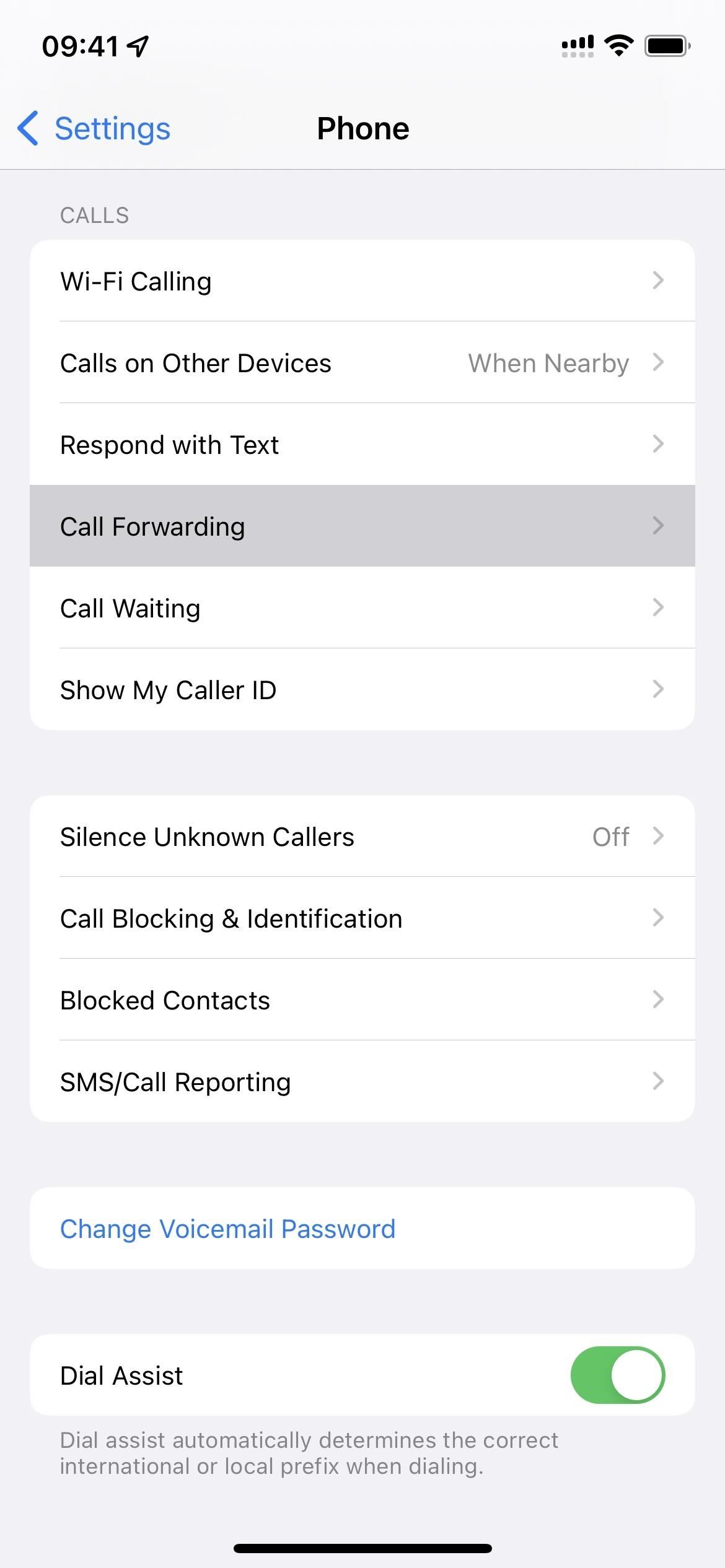


Another way to check is by using short codes for your carrier, which I discussed earlier. Since we're just using them to find out information, they could be referred to as "interrogation" codes. Simply dial the code in the Phone app, then hit the call button.
- Don't Miss: 100+ Secret Dialer Codes for Your iPhone
Number 1: *#61# — Call Forwarding When Unanswered
With the *#61# settings interrogation code, you can see if calls are being forwarded to another number whenever they go unanswered. If the "Voice Call Forwarding" and "Data Call Forwarding" say they're disabled, that's good.
If there are numbers listed, they could be put there by someone else or the voice call one could be the number for your voicemail box. If there are numbers, there could also be a time delay listed if one is set. To cancel and deregister forwards when unanswered, dial the ##61# code.
This code won't work for all providers. It's for GSM networks like AT&T and T-Mobile, so it won't work on Verizon Wireless (a CDMA network). However, for Verizon, you could try the *92 star codes. To cancel and deregister forwards when unanswered on Verizon, try the *93 code.
Also, there's **61* on Verizon One Talk and *61* on AT&T Collaborate lines.


Number 2: *#62# — Call Forwarding When Unreachable
With the *#62# settings interrogation code, you can see if calls or texts are being forwarded to another number whenever you're unreachable. If the "Voice Call Forwarding," "Data Call Forwarding," and "SMS Call Forwarding" all say they're disabled, good.
If numbers are listed, they could be put there by someone else. But again, they could also be the number for your voicemail box. To cancel and deregister forwards when out of reach, dial the ##62# code.
This one works on GSM networks as the first code does, so it won't work on Verizon Wireless. However, on Verizon, you could try the code above for unanswered call forwarding. There's also code **62* on Verizon One Talk and *63* on AT&T Collaborate lines.


Number 3: *#67# — Call Forwarding When Busy or Rejected
With the *#67# settings interrogation code, you can see if calls are being forwarded to another number whenever the line is busy or you reject the call. If the "Voice Call Forwarding" and "Data Call Forwarding" say they're disabled, you're in the clear.
If numbers are listed, they could be put there by someone else. Yet again, they could also be the number for your voicemail box. To cancel and deregister forwards when busy or rejected, dial the ##67# code.
Just like the other codes, this one works on GSM networks only. For Verizon Wireless, you could try the *90 star code. To cancel and deregister forwards when unanswered on Verizon, try the *91 code.
There's also code **67* on Verizon One Talk and *67* on AT&T Collaborate lines.


Number 4: *#21# — Non-Conditional Call Forwarding
With the *#21# settings interrogation code, you can see if anything is being forwarded to another number. It could be voice calls, data calls, texts, and other data. This would be call forwarding for your whole account versus the conditional call forwarding rules. If everything says "Disabled," you're good to go.
If numbers are listed, they could be put there by someone else. And yes, some could also be the number for your voicemail box. To cancel and deregister forwards when out of reach, dial the ##21# code.
This code works for GSM networks. For Verizon Wireless, see Number 6 below for all forwarding. There's also code **21* on Verizon One Talk and *21* on AT&T Collaborate lines.


Number 5: *#004# — Conditional Call Forwarding
Next up, we have the *#004# settings interrogation short code, which lets you see all forms of conditional call forwarding on your line. If everything says "Disabled," awesome.
If there are numbers listed, they could be put there by someone else, or they could be the number for your voicemail box. To cancel and deregister all conditional forwarding rules, dial the ##004# code.
This code is for GSM network providers, so it won't work on Verizon Wireless. But on Verizon, you could try the *42 or *41 star code. To cancel and deregister forwards when unanswered on Verizon, try the *43 code.


Number 6: *#002# — All Call Forwarding
Lastly, with the *#002# settings interrogation short code, you can see all forms of call forwarding on your line. If everything says "Disabled," you have nothing to worry about.
If there are numbers listed, they could be put there by someone else, or they could be the number for your voicemail box. To cancel and deregister all forwarding rules, dial the ##002# code.
This code is for GSM network providers, so it won't work on Verizon Wireless, but you could try the *72 star code. To cancel and deregister forwards when unanswered on Verizon, try the *73 code.


Canceling and deregistering (i.e., clearing, deleting, erasing, etc.) call forwarding settings are helpful if you see suspicious numbers in the above codes that are not your voicemail box's number or numbers you've set yourself for conditional call forwarding.
The code may not work with your specific line if you get any errors performing the requests or "Failed" statuses. However, it's worth trying again a few times to be sure since sometimes it will not connect correctly at first. If you get a voice message saying something similar to "your call cannot be completed as dialed," the code doesn't work on your network.
On Verizon, you could also try the code *63 to review select call forwarding. That's when specific phone numbers are selected to forward to another number. The same code could also deactivate the forwards, and in some cases, *83 might.
Just updated your iPhone? You'll find new emoji, enhanced security, podcast transcripts, Apple Cash virtual numbers, and other useful features. There are even new additions hidden within Safari. Find out what's new and changed on your iPhone with the iOS 17.4 update.
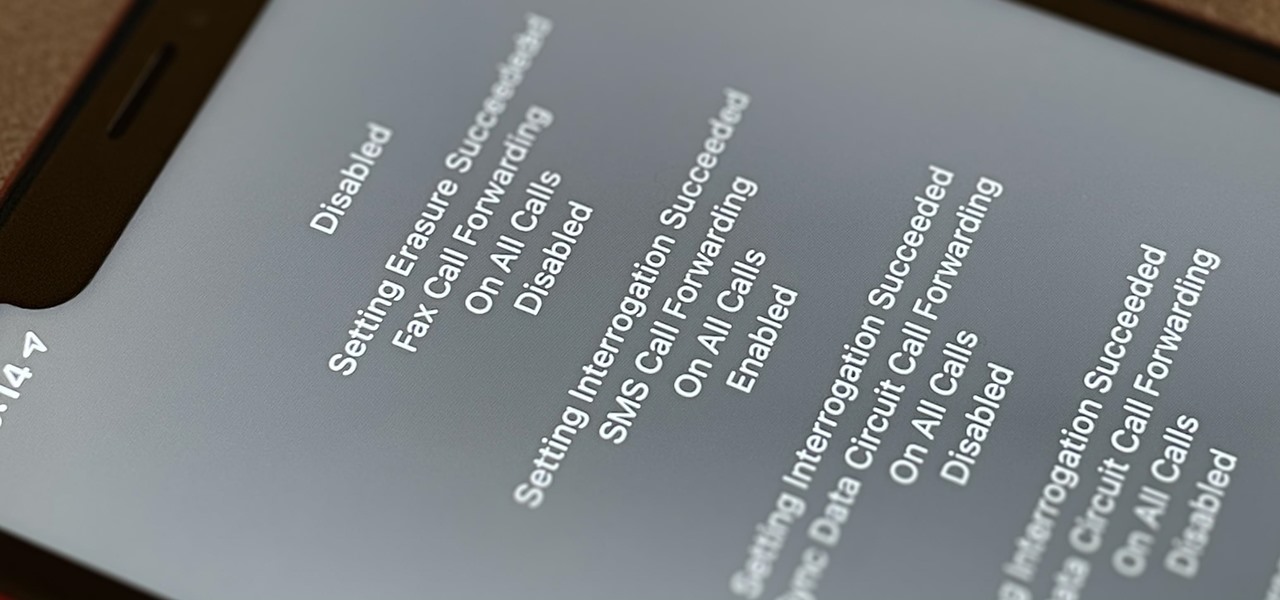


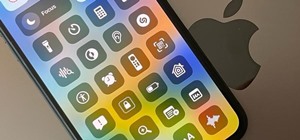


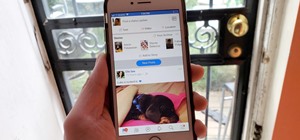




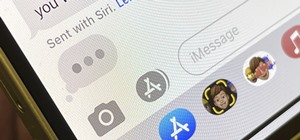
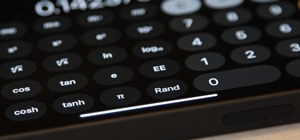
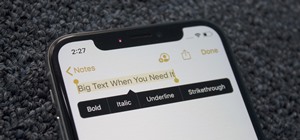


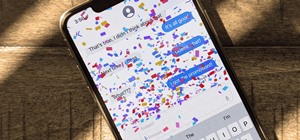

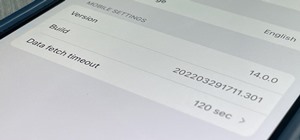
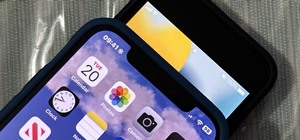
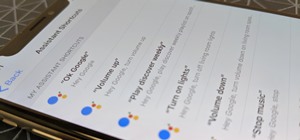

5 Comments
Hey! Is it really works?
Interesting
I tried all of these and none of them worked. This is what came back after I dialed them in:
Setting Interrogation Failed
Voice Call Forwarding
All Conditional Calls
Since there is no number there does that mean I''m OK?
If not, what do i do?
Thanks for answer. Brian
The "Failed" message suggests your carrier doesn't support this feature. Try looking in your iPhone's Phone settings for Call Forwarding information. If not there, you can usually find out your call forwarding rules for sure by logging into your carrier account online or calling them.
So when it says that erasure was successful... wS my phone being tapped?
What replies mean what please? I couldnt find that anywhere ;)
Thank you
Share Your Thoughts